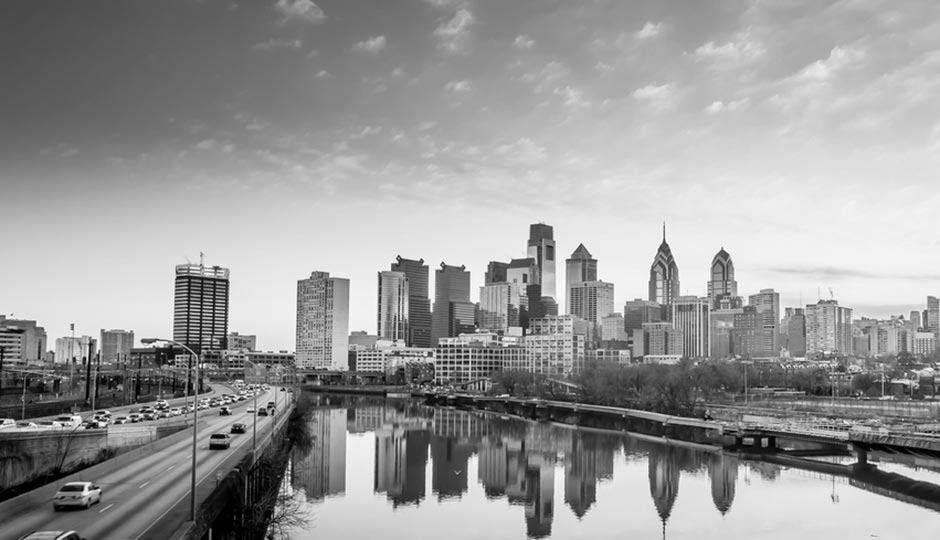Five Big Ways Philly’s Not Ready to Show Off for the DNC

iStockphoto.com | f11photo
Thursday I got a press release from the Philadelphia DNC 2016 Host Committee announcing “the installation of its 57 fiberglass ‘Donkeys Around Town.'” My first thought was, “Donkeys? What is wrong with this city? Can’t we do anything right? Why are we putting donkeys everywhere? That’s going to look ridiculous! We’ll be a laughingstock!” Then I remembered the donkey is the symbol of the Democratic Party, and I calmed down. I apologized, in my head, to the fictional Philadelphia event organizer I’d been blaming for dreaming up an inelegant promotion, and laughed at the actual physical panic I felt at the possibility of the city looking stupid in a headline.
The problem is that every time the city mounts a big event, one that will bring national attention, I remember the Alamo, and I worry. I speak, of course, of the Philadelphia Alamo, aka, the Bicentennial. Long story short: In 1976 we threw a party for the country and no one came. My cheeks still burn with the shame of it, even though in 1976 I was a barely sentient human being who still believed in the Tooth Fairy.
Since that time, the city has humiliated itself plenty of times, and every time, I feel it in my body, as if I’m that cab driver squatting on the street, pants down. Why do I take it so personally? It’s not like Philly is my spouse who insists upon having a mullet. Or maybe it is like that: I’ve married this place, for better or worse, and when my beloved does something crass or incompetent or hideously stupid, I just know everyone’s wondering what the hell I am thinking.
Though the city’s national image certainly matters, particularly in terms of bringing revenue from tourism and attracting new residents, these days I’m a little disgusted by my own instinctive investment in it. It’s too easy, too surface. If I love the city so much that I want to protect it from shame and slander, why do I do so little to safeguard the well-being of the people who live here? What, after all, is a city if not the sum of its human parts?
There are reasons to be embarrassed by Philly, but you won’t find them in an archly written Gawker post or a post-event headline on CNN. Here are a five things that I think the city — especially given its vaunted place in history — should legitimately be ashamed of.
- Homelessness. I don’t mean we should be ashamed because tourists see people sleeping at 30th Street Station. We should be ashamed that we have not yet found a way to protect and shelter all our residents, even those who are troubled and indigent. We should be ashamed of the collective dehumanization of people without homes that we’re teaching our children and broadcasting in media coverage. The language of yesterday’s Daily News cover represents everything that’s wrong with the way we talk about Philadelphians without homes. It reads, “What can city do about homeless outside convention center?” How about changing that preposition to “for”?
- Poverty. Not unrelated, of course. In October of last year, the Inquirer reported that “Philadelphia has the highest rate of deep poverty among America’s 10 biggest cities.” Enough said.
- Hunger. “School’s out!” Those should be happy words for children and parents, but for those struggling with hunger, they just lost their one reliable meal per day. “In Camden, Philadelphia, and the surrounding areas, hunger is almost twice as pervasive as in the rest of the country. Here, a staggering one in four people face hunger; nationwide, the number is one in seven,” the Inquirer recently reported. When it comes to food-insecure children, Philly ranks No. 10 among U.S. counties. The city ranks No. 1 when looking at the number of food-insecure households in the state. “Almost a quarter of the population [doesn’t know] where their next meal will come from.”
- Segregation. So many people — myself included — have long trumpeted Philly’s diversity as one of its selling points, but dig a little deeper, and the reality is depressing. Last year FiveThirtyEight‘s Nate Silver published an analysis that showed that the most diverse cities are often the most segregated — Philly included. According to his data, it is the fourth most segregated big city in the country.
- Gun violence. Another day, another shooting. In 2013, there were 198 victims of homicide by firearm. In 2015, there were 233. In 2013, almost half of the firearm-related injuries that occurred in Pennsylvania happened in Philly. In 2014, one-third of the illegal guns recovered in Pennsylvania by authorities were found in Philadelphia. The beat goes on.
There’s more, of course (I didn’t even mention the word “schools”), and Philadelphia isn’t unique: Big cities have big problems. The danger, I think, is in losing sight of the individual lives compromised by these shameful facts. Splashy headlines make more noise — and cause more giggly cringing among so-called Philly boosters like myself — but they’re far less important.
Follow @lspikol on Twitter.


